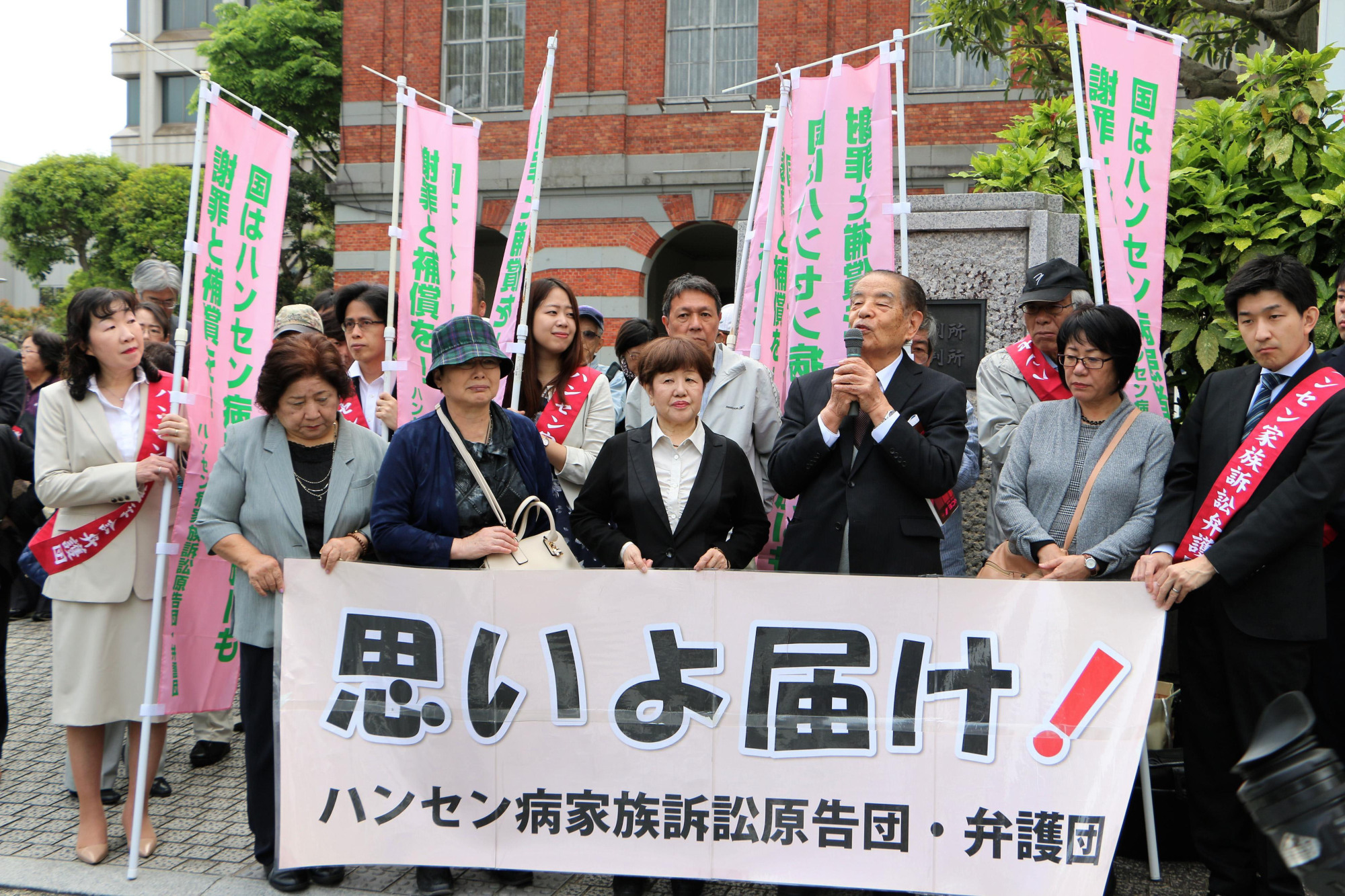Last year, the government enacted legislation to compensate families of former Hansen's disease patients for the suffering they endured as relatives of a group that was the target of discrimination in the 20th century. Former patients themselves were compensated by the government in 2001 and, later, 541 relatives sued the government, for recognition of their own hardship, in Kumamoto District Court, which found in their favor in June last year. The government decided not to appeal, thus paving the way for the legislation. Anyone acknowledged by the government as being a parent, child, spouse, sibling or, in some cases, in-law of a Hansen's disease patient qualifies for compensation, even if they did not participate in the lawsuit.
However, just as the 2001 apology and compensation did not suddenly make former patients welcome in society, the new legislation does not automatically lift the stigma from their relatives. Most of the plaintiffs choose to remain anonymous because they still fear ostracism. After having institutionalized that discrimination for decades through the Leprosy Prevention Law, enacted in 1931 and not rescinded until 1996, the government's about-face goes only so far in inculcating a similar change-of-attitude among the general public. Japan isn't the only country where such prejudices continue. Jan. 26 has been named World Leprosy Day in order to provide better information about the disease. Laws by themselves do not always erase such prejudice, but several media outlets in recent weeks have tried to address it.
NHK's radio show, Shin’yabin, featured one of the plaintiffs on its Jan. 21 installment. Nobuko Harada, 76, was 7 years old when her father was diagnosed with Hansen's and forcibly taken to a sanatorium, where he was isolated from the population. It was the early 1950s, when a cure for leprosy, which it was still called at the time, was available. Moreover, medical professionals knew that leprosy was not as communicable as it was once feared to be, and that the chances of the wider community contracting it from an infected person were slim. Nevertheless, the myth of "lepers" easily passing the disease to others, whose flesh would then "rot" (also not true), persisted in Japan and was exacerbated by local governments that were encouraged to compete for the most patients they could round up.



